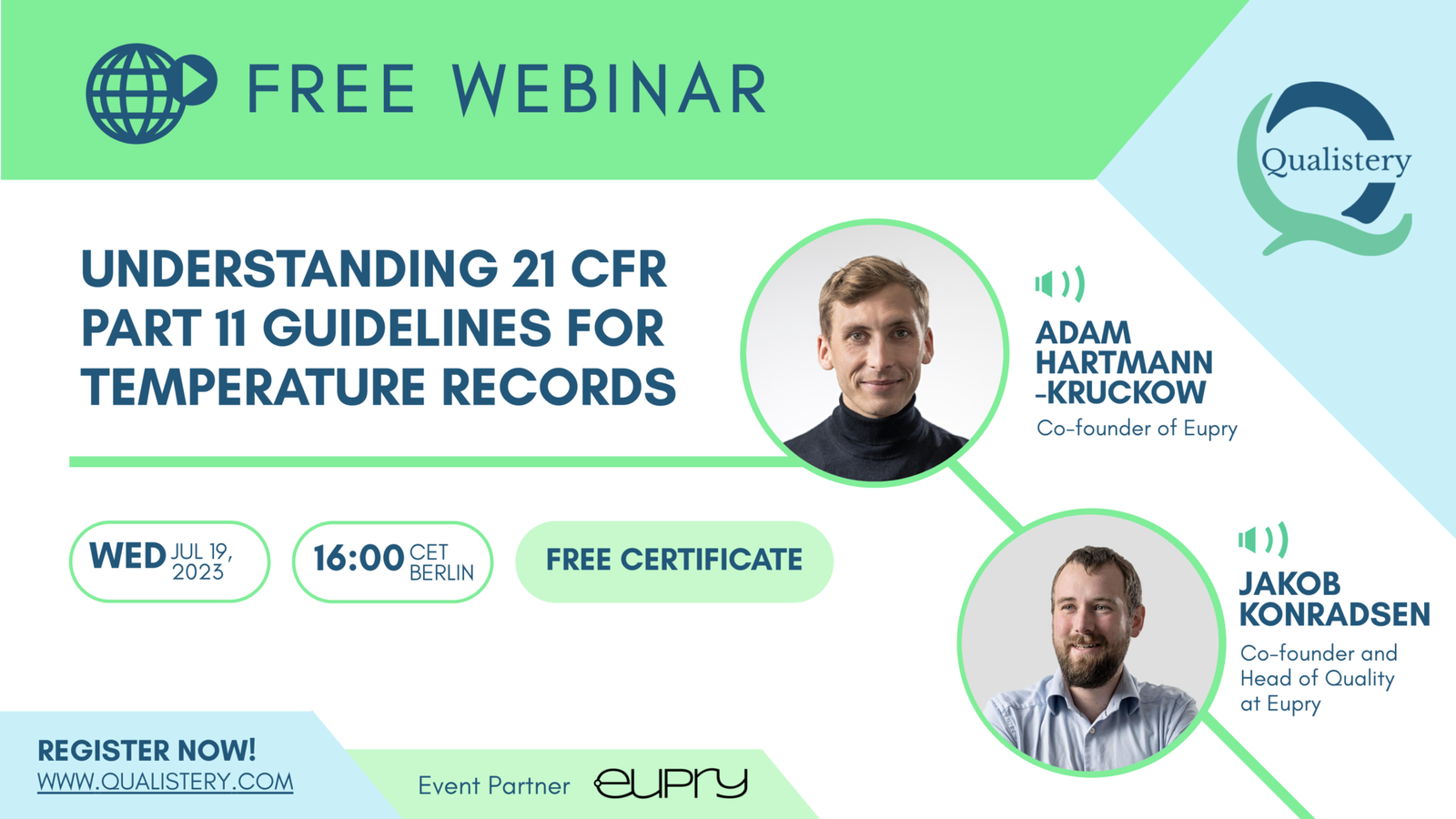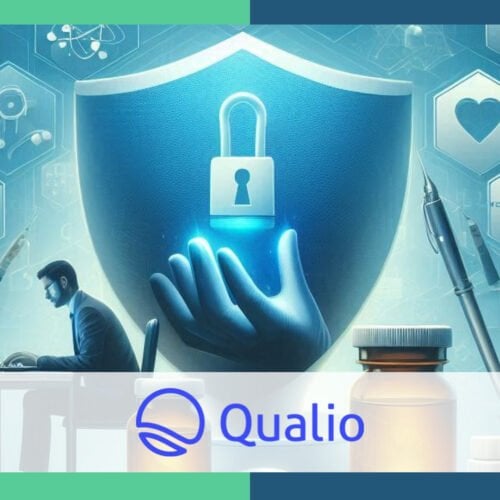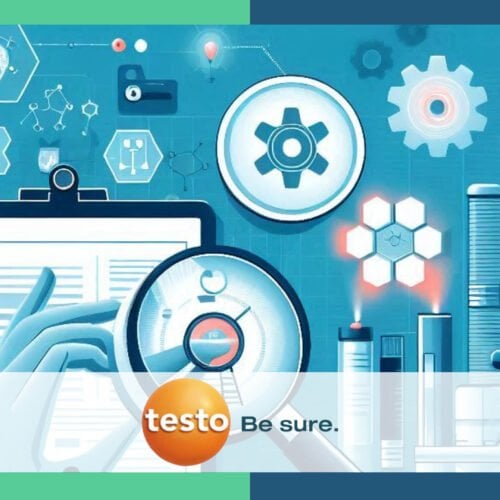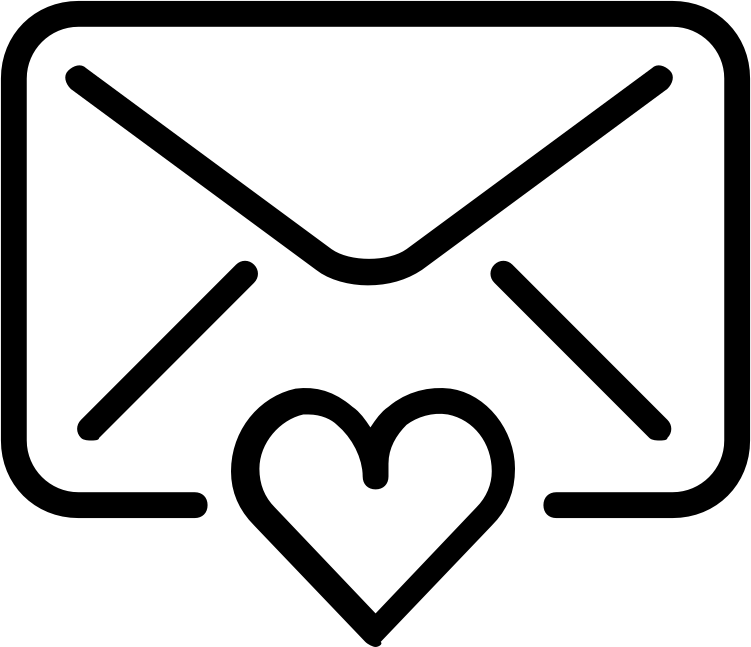The pharmaceutical industry is continuously evolving, with the integration of digital technology at its forefront. One of the most prominent shifts is the transition from paper-based to digital records, particularly concerning temperature monitoring. This evolution from manually logged temperature data to real-time, digitally logged and analyzed records has profoundly improved efficiency, precision, and reliability. However, this shift is not merely about substituting paper for pixels; it involves strict compliance with regulatory guidelines like FDA 21 CFR Part 11 to preserve the accuracy and integrity of the data.
This comprehensive guide explores the complexities of this regulation, focusing on how it applies to temperature monitoring.
Unpacking the FDA 21 CFR Part 11
The FDA 21 CFR Part 11, is a section of the Code of Federal Regulations set out by the United States Food and Drug Administration (FDA). This document, established in 1997, presents guidelines that pharmaceutical companies must follow when using electronic records (eRecords) and electronic signatures (eSignatures).
The FDA 21 CFR Part 11, part of the Code of Federal Regulations, provides guidelines for using electronic records and electronic signatures in the pharmaceutical industry. Established in 1997 by the United States Food and Drug Administration (FDA), this regulation becomes particularly relevant as companies increasingly transition from paper-based to more efficient and sustainable electronic documentation systems. The FDA 21 CFR Part 11 forms the legal framework that lends these electronic methods the same legitimacy as their traditional paper counterparts.
The Aim: Trust, Reliability, and Security
The main purpose of FDA 21 CFR Part 11 is to secure the integrity, reliability, and equivalency of electronic records to paper records. The regulation applies to all forms of digital information that are created, modified, maintained, archived, retrieved, or distributed by a computer system.
Regulatory Scope and Application
Despite common misconceptions, the FDA 21 CFR Part 11 doesn’t apply exclusively to American companies. It is relevant to any digital record used for making a GxP decision by a company based in or selling to the U.S. Thus, if your pharmaceutical products reach U.S. markets, regardless of your company’s location, this regulation is applicable.
Understanding Electronic Records
In the realm of electronic records, the regulation distinguishes between two types of systems: closed and open.
A closed system is one where access is entirely controlled by the people responsible for the content of the electronic records. To comply with FDA 21 CFR Part 11 for such systems necessitates several security requirements, the most important ones:
1) System validation to ensure accuracy, reliability, and consistent performance.
2) Presentation of all electronic records in a human-readable and understandable format. Thus, enabling individuals to interpret, understand, and make effective use of the data contained within those records.
3) Secure document storage and access, with stringent authority checks to avoid unauthorized access.
4) Implementation and enforcement of written procedures, ensuring accountability for actions performed under electronic signatures.
5) Only individuals who have received the appropriate training are allowed to execute functions within or on the system.
6) Maintenance of comprehensive audit trails, recording all system actions.
*there are more, but these are the most important ones*
On the other hand, open systems refer to those where access isn’t fully under the control of the individuals responsible for the content of electronic records. They also allow broader access, meaning more stringent measures may be required to secure electronic records. These systems carry all the requirements of closed systems, with additional measures needed to ensure the authenticity, integrity, and confidentiality of electronic records from origin to receipt. Such measures could include document encryption and the use of digital signature standards.
Understanding Electronic and Digital Signatures
The inseparability of electronic records and electronic signatures is a fundamental principle in the FDA’s 21 CFR Part 11. It recognizes that electronic records, though transformative in their efficiency and ease of access, bring forth a new set of challenges in terms of authenticity. The concept of an electronic signature is introduced to address these challenges and lend credibility to electronic records.
An electronic signature serves as a digital ‘seal’ of the individual who has created, modified, or approved a digital record. It binds the action to the individual, providing a level of accountability similar to that offered by a traditional handwritten signature in the world of physical documents. This is why electronic records and electronic signatures are so intertwined – the presence of an electronic signature validates the integrity of an electronic record and affirms the identity of the individual associated with the action.
21 CFR Part 11’s Subpart C outlines how these electronic signatures should be employed and verified. The FDA differentiates between two types of signatures: electronic signatures and digital signatures.
An electronic signature is essentially the digital counterpart of a conventional handwritten signature. It can range from a simple typed name to a more complex digitized image of a handwritten signature. However, it’s critical characteristic is that it is authorized by an individual to be equivalent to the individual’s handwritten signature.
Conversely, a digital signature represents a more secure form of an electronic signature. It employs cryptographic mechanisms to ensure the authenticity and integrity of both the document and the identity of the signer. If the document or the signature are modified, the reader is capable of noticing it.
Every electronic signature on an electronic record should encapsulate three essential elements: the signer’s name, the date of signature execution, and the purpose or meaning of the signature. The latter denotes the intent of the signer, which could be approval, responsibility, authorship, or something similar.
This regulation stipulates the following requirements for signatures:
1) Each signature should be unique to the individual using it.
2) The identity of the signer must be appropriately verified.
3) Companies planning to leverage electronic signatures must proactively inform the FDA
The verification of electronic signatures can be achieved through either biometric or non-biometric methods. Biometric verification harnesses unique biological traits of the signer, such as a fingerprint or voice pattern. On the other hand, non-biometric verification is any method of verifying an individual’s identity that’s not based on the individual’s physical features.
In instances where non-biometric methods are adopted, the FDA mandates the use of at least two separate identification elements. It often involves a combination of something the signer possesses (for example, a smart card or a phone) and something they know (like a password).
Thus, the regulation paints a clear picture – electronic records, while being a boon in the digital age, need the complementary measure of electronic signatures to ensure their reliability and trustworthiness.
Temperature Monitoring and FDA 21 CFR Part 11
Temperature monitoring plays a vital role in numerous pharmaceutical operations, especially when dealing with temperature-sensitive materials. Historically, this function was mostly manual and time-consuming, but technological advancements have facilitated the automation of temperature monitoring and logging, yielding significant time and resource savings.
The Challenges of Manual Temperature Monitoring
Traditional temperature monitoring in pharmaceutical environments, such as refrigerators, freezers, incubators, and storage facilities, is laborious. Conventional methods involve using data loggers to capture temperature readings, which must then be manually gathered, transferred to a computer and analyzed. Given the number of temperature-controlled units and the frequency of readings, this can accumulate into hundreds of hours annually.
These hours represent not only a substantial cost for companies but also a potential source of error. Manual data recording inherently bears the risk of inaccuracies, and these errors can have serious implications on regulatory compliance and product quality.
Manual temperature monitoring also creates data capture gaps, as readings are typically only logged once or twice a day. This approach can overlook fluctuations occurring between these readings. Conversely, automated systems can offer continuous, real-time monitoring, instantly alerting personnel to deviations and enabling swift corrective action.
The conversion to an FDA 21 CFR Part 11-compliant digital temperature monitoring system can drastically reduce the time, costs, and error rates associated with manual monitoring while strengthening data integrity and regulatory compliance. The implementation of such systems promises to transform the way temperature monitoring is conducted.
Capitalizing on Technology: Wireless Data Loggers and Software
The introduction of wireless data loggers and dedicated software solutions has ushered in a new era of temperature monitoring in the pharmaceutical sector. These tools offer opportunities to automate processes, boost accuracy, and save considerable time.
Wireless data loggers are electronic devices designed to record temperature over a given period autonomously. Equipped with built-in sensors, they continually monitor environmental parameters, including temperature and humidity. The data captured is wirelessly transmitted in real-time to a central system, generally managed via dedicated software. This real-time transmission enables immediate alerts when conditions deviate from specified ranges, facilitating quick intervention.
Continuous monitoring offered by wireless data loggers significantly surpasses manual checks conducted once or twice a day. Such a system can detect short-term fluctuations that may elude manual methods, providing a more thorough overview of temperature conditions.
Wireless data loggers also eliminate the need for manual data retrieval from each device. This can be particularly transformative in large facilities or when monitoring multiple sites, significantly reducing time spent on data collection and minimizing the risk of data loss or errors associated with manual handling.
From a software perspective, specialized temperature monitoring applications offer numerous benefits. These applications can consolidate data from various loggers, creating a centralized platform for data analysis and reporting. The capacity to view and analyze temperature trends, generate customized reports, and gain instant access to historical data can prove critical during internal quality checks or regulatory audits.
Ensuring FDA 21 CFR 11 Compliance in Your Temperature Monitoring System
Comprehending and applying the FDA 21 CFR Part 11 regulation can appear intimidating, especially when it pertains to temperature monitoring compliance. The following seven actionable steps can help simplify this complex task:
1) Determine Relevant Electronic Records: The initial step towards compliance is identifying the electronic data records under the jurisdiction of this regulation. FDA 21 CFR Part 11 pertains specifically to electronic records that impact GxP decisions. Your temperature data loggers and monitoring systems are prime examples of such electronic records.
2) Regular Calibration and Validation of Devices: Regular calibration of your temperature monitoring devices is crucial to ensure accurate data capture. Calibration is a process of verifying and adjusting the device’s accuracy by contrasting it with a reference standard. In addition, the processes using these devices need to be validated to confirm they consistently yield the expected results. It’s essential to maintain a comprehensive record of all calibration and validation activities.
3) User Access Control and Authentication: Rigorously manage access to your electronic records. Establish systems that regulate user access, allowing only authorized individuals to view or alter your temperature data. A two-factor authentication mechanism involving a password and a secondary verification step is a solid approach to secure data access.
4) Establish an Audit Trail: FDA 21 CFR Part 1 mandates the creation of secure, computer-generated, time-stamped audit trails. These trails must document all actions that generate, modify, or delete electronic temperature records. In temperature monitoring, this would encompass every instance of temperature logging, any alterations to the data, the individual responsible for these changes, and the timing of these modifications.
5) Frequent Data Backup: Regular backups of your electronic data records are vital to prevent data loss. Construct a systematic backup plan, ensuring that no crucial temperature monitoring data is lost, even in the event of a system failure.
6) Document Your Procedures: Document all procedures related to your temperature monitoring comprehensively. These Standard Operating Procedures (SOPs) should outline everything, from device placement and data capture to the necessary actions when temperatures deviate from acceptable ranges. Your SOPs serve as a guide for consistent operations and are instrumental during audits.
7) Provide Sufficient Training: Lastly, confirm that all personnel involved in temperature monitoring receive adequate training. They should grasp not only the operational aspects of the devices and software but also the significance of these activities and their role in maintaining regulatory compliance. Regularly update and refresh this training to accommodate any alterations in regulations or internal processes.
Final Thoughts
Understanding and navigating the intricate regulatory framework of the FDA’s 21 CFR Part 11 is a necessary precursor for pharmaceutical companies transitioning towards digital and electronic records. This regulation seeks to uphold the precision, integrity, and reliability of these digital records, including electronic temperature monitoring records.
Grasping this regulation goes beyond mere comprehension of the legal verbiage; it requires a practical application. This includes establishing rigorous systems for calibration, validation, user access control, and the preservation of audit trails. Consistent data backups, meticulous procedure documentation, and comprehensive training also play critical roles in ensuring your electronic temperature monitoring records are compliant with this regulation.
Once these regulatory prerequisites are fully understood and deployed, pharmaceutical companies can fully embrace the advantages offered by digital technology. The integration of digital systems into temperature monitoring marks a significant stride towards efficiency, accuracy, and reliability in the pharmaceutical industry. This technology facilitates real-time, precise temperature data logging and analysis, immediate deviation alerts, and overall improved quality control.
In sum, a thorough understanding of FDA 21 CFR Part 11, coupled with the effective use of digital technology, has the potential to transform temperature monitoring in the pharmaceutical industry. This guide serves as a launchpad towards that future, empowering pharmaceutical companies to reap the rewards of electronic temperature monitoring while maintaining complete compliance with FDA 21 CFR Part 11.
Get ready to unleash your inner pharma hero and conquer FDA 21 CFR Part 11 compliance with a smile! Don’t miss out on this action-packed webinar below that will empower and entertain you.

Qualistery provides life‑science professionals with concise, practical GxP and cGMP learning through expert‑led webinars and tailored training, helping teams make safer, more compliant decisions. We deliver these sessions in partnership with trusted solution providers, combining real‑world insights and actionable guidance with targeted outreach to the right decision‑makers.







